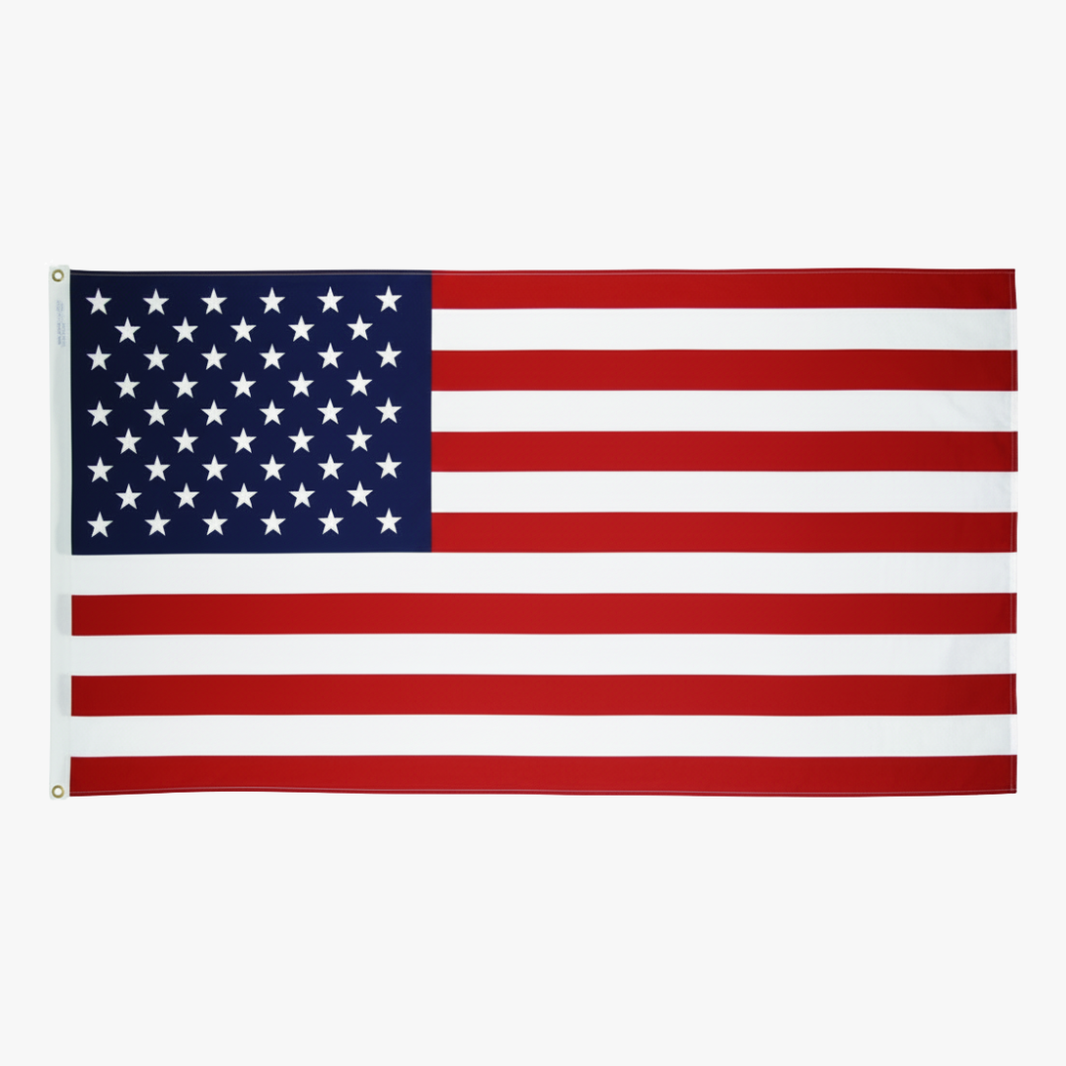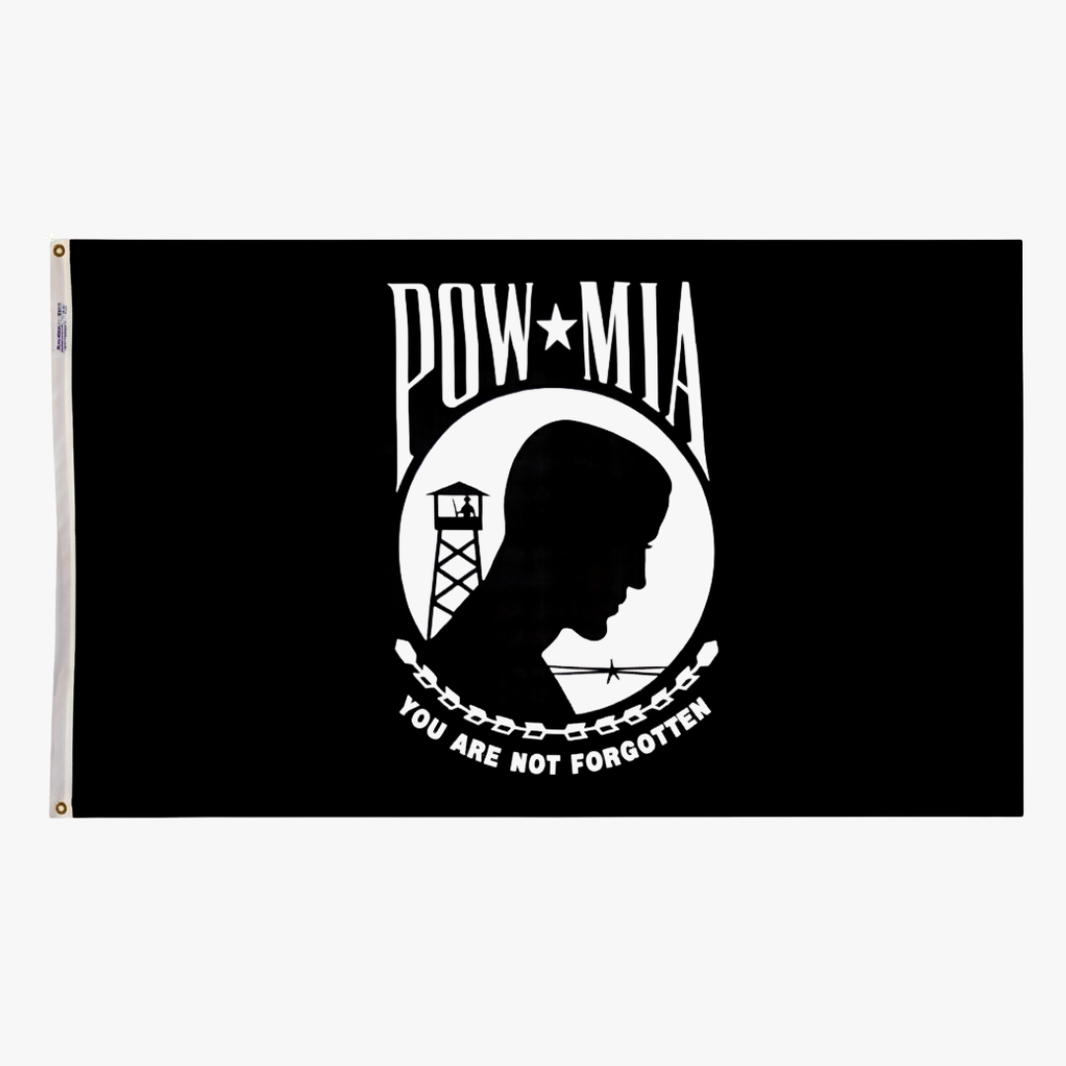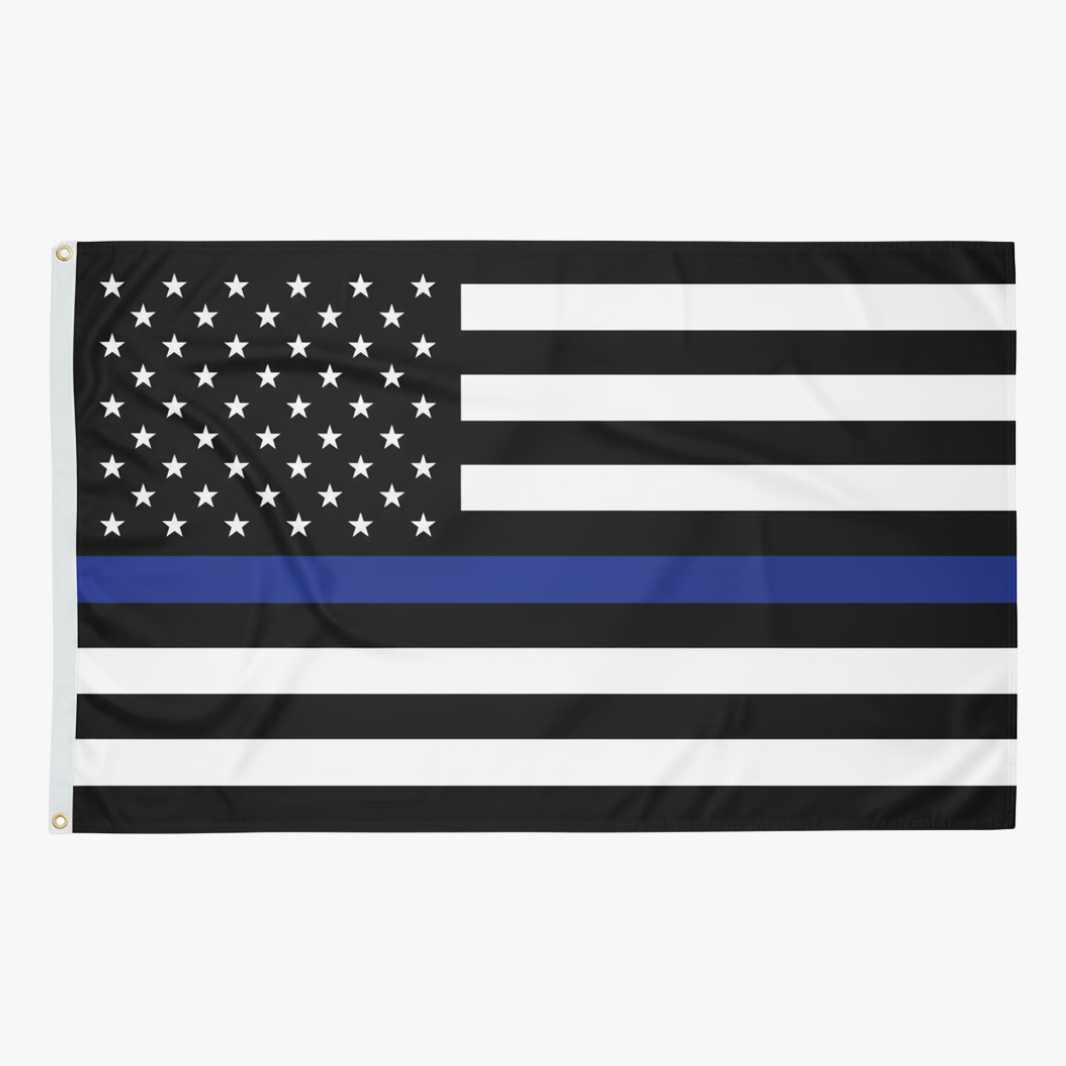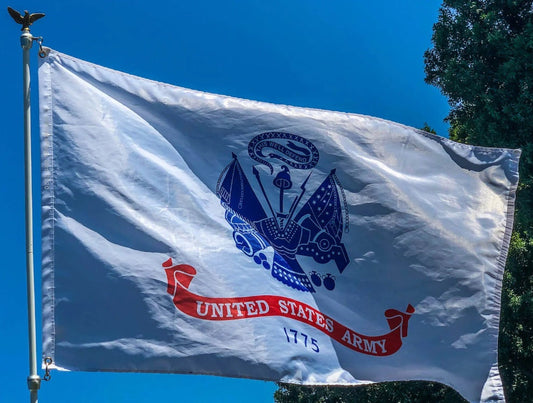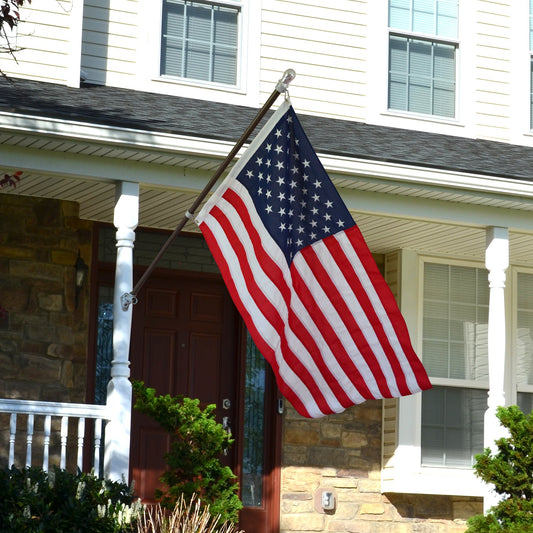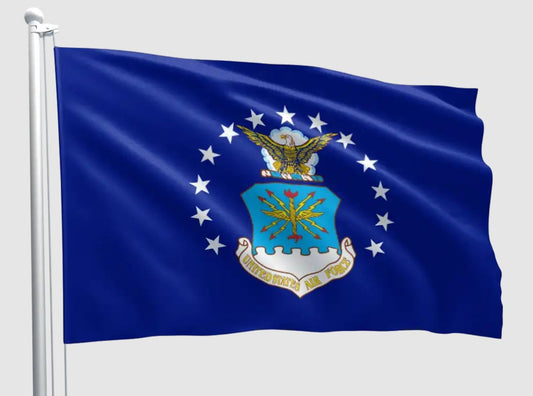
5 Myths About The US Flag
The American flag has evolved over time along with the nation. The first official red, white and blue flag bearing 13 stars and 13 stripes debuted in 1777. Today’s familiar 50-star flag dates back to 1960, the year after Alaska and Hawaii became states. Legends and misconceptions about the flag have also evolved over time. To debunk each myth, we referenced the Flag Code to understand proper etiquette under each situation. Before looking at the myths, let’s understand what the Flag Code is:
What is the Flag Code?
The Flag Code is a set of flag etiquette guidelines developed in 1923 by the American Legion and other organizations. It specifies when the flag should be displayed; manners and methods of displaying it; and buildings where it should be raised. There are detailed specifications for displaying the flag at half-staff and even how to deliver the Pledge of Allegiance.
The Flag Code was adopted by Congress in 1942, but it does not have an enforcement mechanism, and there are no flag police. States have attempted to punish people who disrespect the flag. However, their efforts were struck down by the Supreme Court as free-speech violations.
With that all being said, here are 5 myths about the American Flag that are not true:
Myth #1: Red, white and blue have official meanings
The colors of the flag were not assigned any official meaning when the first flag was adopted in 1777. The traditional meanings assigned to the colors may have arisen five years later, in 1782, when Charles Thompson, the secretary of the Continental Congress, boasted about the colors in the Great Seal of the United States, which he helped design.
Thompson described the red in the seal as representing hardiness and valor; the white, purity and innocence; and the blue, vigilance, perseverance and justice.
Myth #2: The flag has always had stars and stripes
America’s earliest flags did not have stars and stripes. A flag used in 1775, for example, did have stripes, but it displayed the British Union Jack crosses in the canton, the top left corner of the flag that’s also known as the union. The primary use of a national flag at that time was for naval ships to be able to recognize each other.
Congress didn’t adopt the flag with 13 stars and 13 stripes as the official U.S. flag until 1777.
Since then, there have been 27 official versions of the flag, with new stars added as additional states joined the Union.
Myth #3: A flag that touches the ground must be destroyed
According to the Flag Code, the American flag should never touch anything beneath it, including the ground, the floor or the water. People have taken that to mean that if it ever does that, then it should be destroyed. However, that’s not necessarily the case. Flags should be destroyed only when they are no longer in good enough condition to be displayed. If touching the ground didn’t render the flag unfit for display, then it shouldn’t be destroyed. Once a flag is unfit for display, burning it is the preferred method of destruction.
Myth #4: Only a veteran’s coffin can be draped with the American flag
Nowhere in the Flag Code does it say that the flag may only cover the casket of a veteran. The myth may stem from the fact that the Department of Veterans Affairs provides flags for the services of veterans and active-duty service members. However, there’s nothing in the language of the Flag Code that would prevent anyone else from having a flag that covers their casket.
When a flag is used to cover a coffin, it should be placed with the union — the blue field with stars — at the head and over the left shoulder. The flag should not be lowered into the grave or allowed to touch the ground.
Myth #5: The flag must always be folded into a triangle for storage
Folding a flag into a triangle for storage, with only the blue union and stars visible, is part of tradition, not a requirement of the Flag Code. Flags on a staff are properly stored in an entirely different manner that doesn't involve folding.
Flags that are affixed to a staff are typically rolled around the staff, and then a burlap case is placed over the flag and staff. At that point, you can handle it like luggage and properly store it away.
To learn more about the US Flag, read the other articles in the Gates Flag & Banner Blog. You will find Proper Ways To Dispose Of A Flag, A Bill To Make Sure All US Flags are Made in America, and others.

